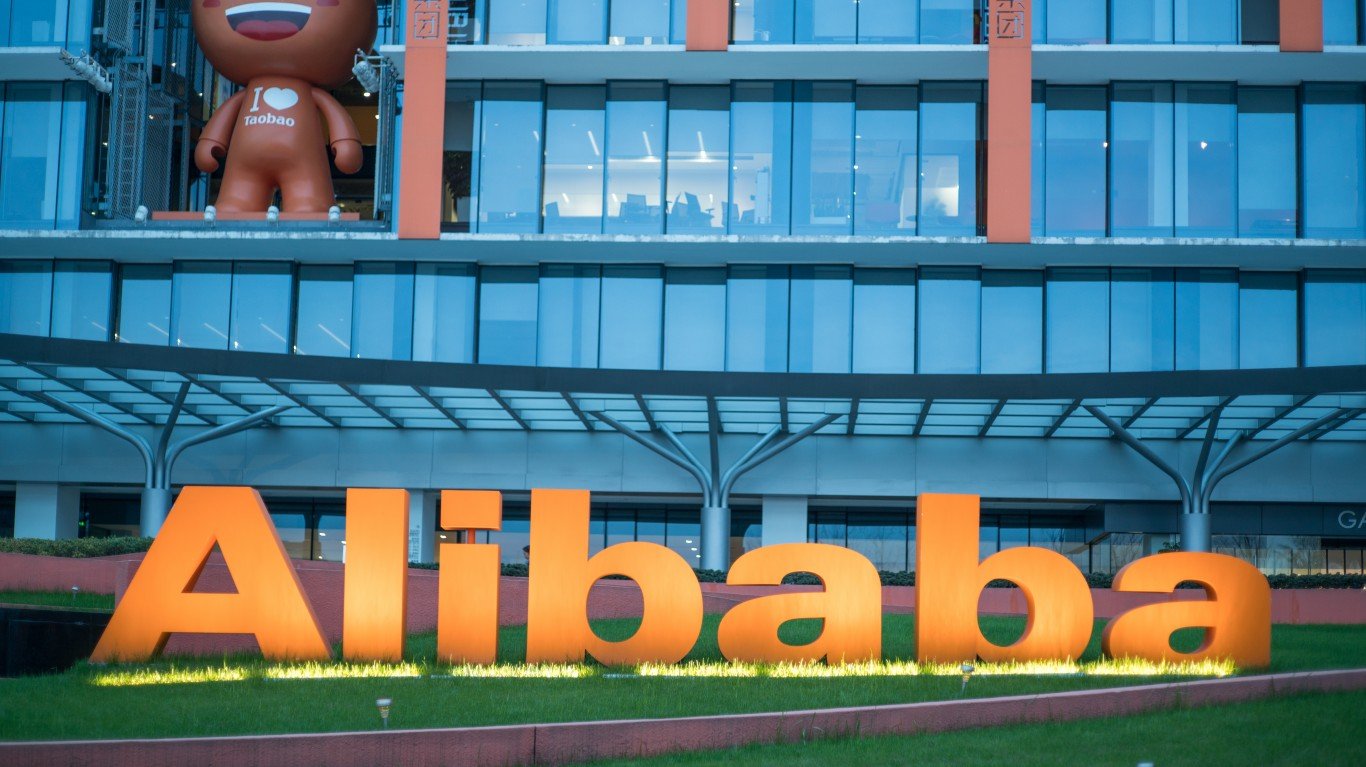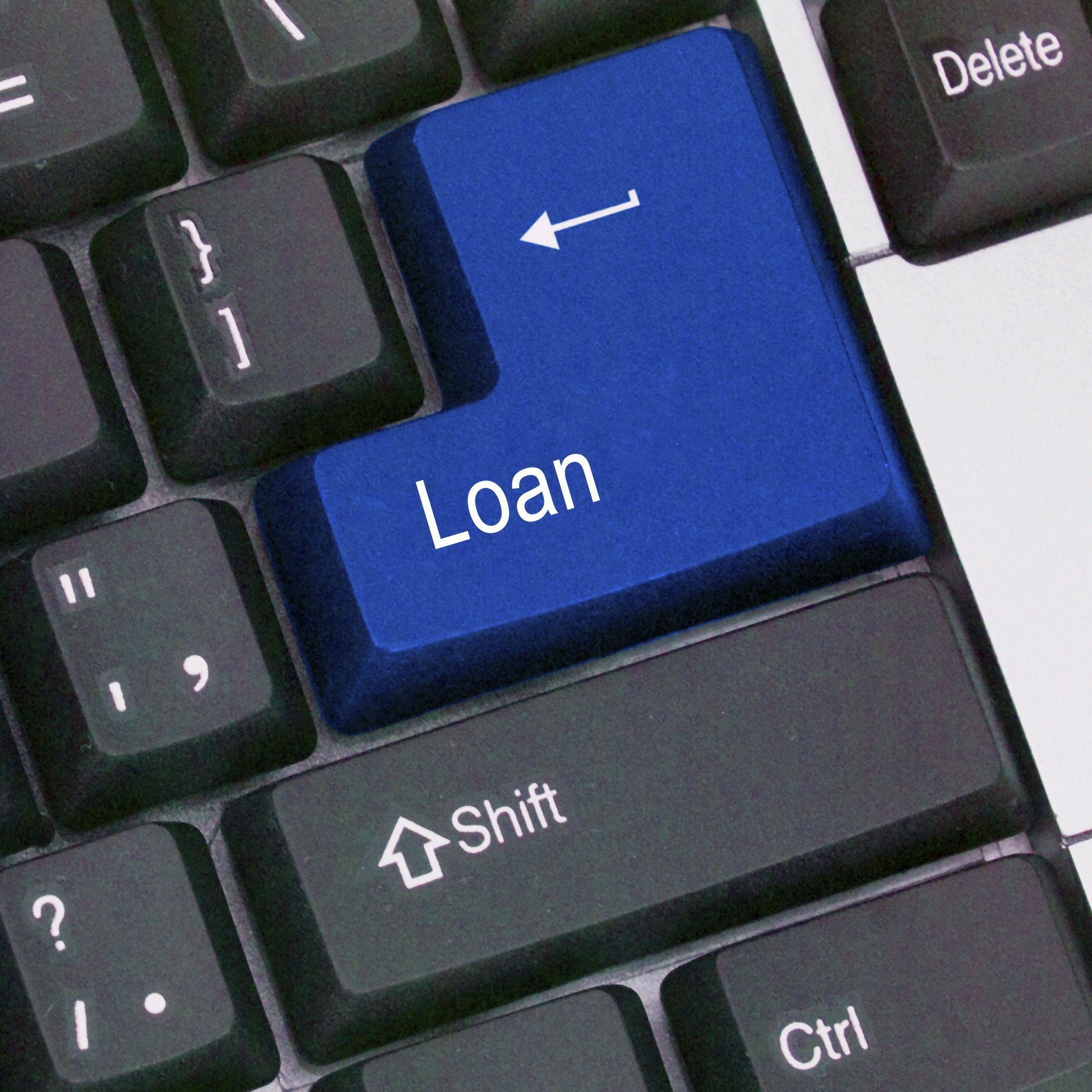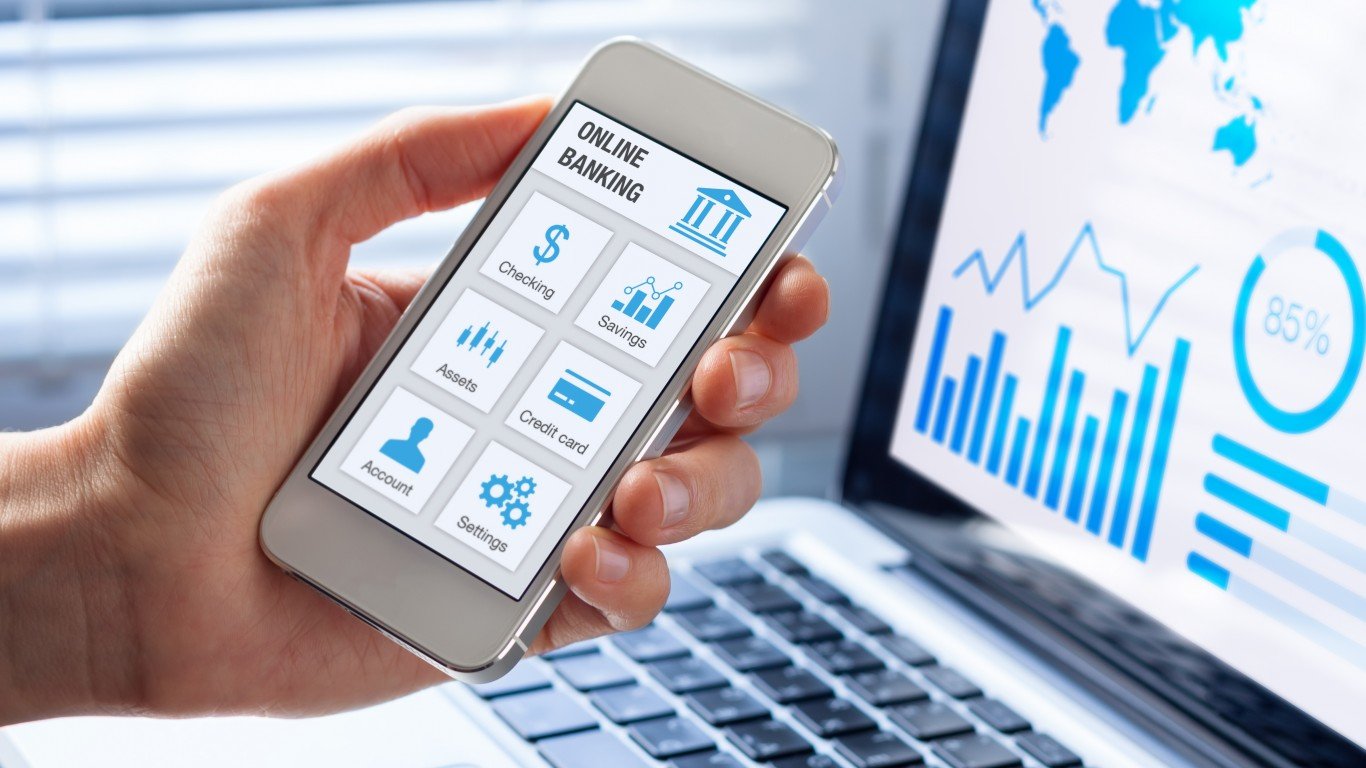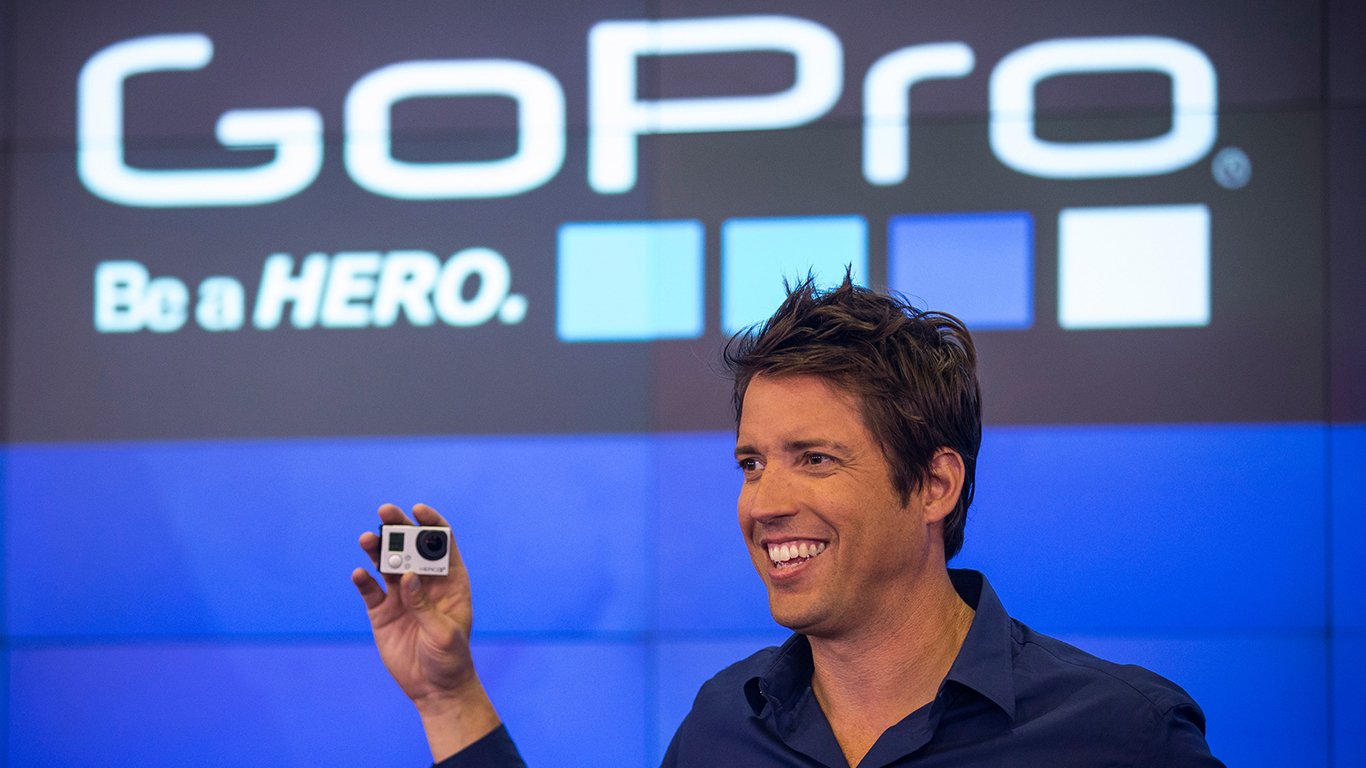

If you could go back to 2014, odds are you’d want to invest in Bitcoin. One bitcoin was going for only $310, and they’re now going for $35,000. Even if you don’t think it will go up anymore, you would have made a killing. The top movies this year were “Guardians of the Galaxy”, “The Hunger Games: Mockingjay Part 1”, and “Captain America: The Winter Soldier”. 2014 was also the year tons of companies decided to take their business to Wall Street and allow people to invest. Doing so helps you raise capital for your business a lot easier than if you were a private company. Going public is also risky since you might not be able to raise the capital you thought you’d be able to. Some companies did well in 2014, while others didn’t quite match up.
Best performer: Zendesk

- First Public Day: May 19, 2014
- First Public Price: $16.36
- Current Price (as of 11/15/2023): $1.52
There will always be room for software companies in the United States. Zendesk (NYSE: ZEN) was one of the first to focus on the software that helps sales, customer support, and other customer relations scenarios. They were first founded in Copenhagen but have since moved to San Francisco, one of the technology capitals of the world. Because of its industry and location in Silicon Valley, the stock price for Zendesk has been on the rise ever since it went public.
When Zendesk was first offered, it was being traded for $16.36 per share. While there have been some peaks and valleys along the way, the stock has steadily risen to $77.48. Back in February 2021, it hit $151 per share. Even though it’s been a valley, the history of Zendesk has shown it’s going to rise back up again soon.
Worst performer: GrubHub

- First Public Day: April 4, 2014
- First Public Price: $35.76
- Current Price (as of 11/15/2023): $3.08
Food delivery has taken over the world, especially ever since the COVID-19 pandemic. GrubHub (NYSE: GRUB) was one of the first apps to offer this type of delivery service. Way back in 2004, the company was founded to try to help get rid of paper menus. The success of this idea helped them acquire multiple smaller food delivery brands. By 2014, the company felt the best way to continue to raise both capital and profits was to offer the stock on a bigger level.
The first shares were sold for $35.76, and things were looking good for the company and those who owned it. Minus a few small valleys, the stock rose quickly and got to its all-time high of $144.11 in August 2018. Unfortunately for them, their rise in popularity might have been the worst thing to happen to them. Companies like Uber Eats and DoorDash sprouted up and have since taken control of the market. Today, you can get in on the stock for $3.08, but that price has been stagnant for a while.
Best performer: TriNet

- First Public Day: March 28, 2014
- First Public Price: $21.31
- Current Price (as of 11/15/2023): $112
Anyone who owns their own company knows how hard it is to keep track of things in human resources like payroll, benefits, and advising employees. TriNet (NYSE: TNET) was created to help this problem go away. Many companies have started to outsource these jobs to places like TriNet. The company first started doing business in 1988 by offering different benefits to employees. They have exploded into so much more and wanted to see what would happen if they went public with their company.
The company stock first opened up for $21.31 in 2014. After taking a slight dip in February 2016, has been on a steady rise. Today, you can purchase part of the company for $112. With how big outsourcing jobs in human resources have become to companies, this stock should have no problem continuing to climb.
Worst performer: Alibaba

- First Public Day: September 19, 2014
- First Public Price: $93
- Current Price (as of 11/15/2023):$84
There aren’t a lot of companies that have a current stock price of $84 and consider that to be a disappointment. Alibaba (NYSE: BABA) isn’t like most companies, though. Alibaba is one of the most popular sales services out of China. While most online stores are only business-to-customer, Alibaba offers business-to-business and customer-to-customer as well. This idea has worked out incredibly well for the people who were first part of creating it. One way the owners thought would help them and their profits was to go public with the company. This didn’t go quite as planned.
The company first was selling shares for $93, which is understandable given their place in the market before going public. The beginning was tough, as the stock fell to $60 by February 2016. After that, there was a considerable rise in the stock value, especially during Covid. After the all-time high of $310 in October 2020, the stock has plummeted, with no signs of recovery in the future.
Best performer: HealthEquity

- First Public Day: August 1, 2014
- First Public Price: $16.95
- Current Price (as of 11/15/2023): $67.90
There’s never been a more important time to be focused on health. If you enroll in a high-deductible medical plan, it’s important to have a savings account in case something happens. With a high deductible comes a larger check out of your pocket before insurance comes in to help. This is where HealthEquity (NASDAQ: HQY) comes into play. They are the largest provider of accounts to those with a high-deductible. The reason people want to put their money here is because of the tax ramifications that come from having your money in this account.
The money you put into this account isn’t counted toward your income tax. These funds also roll over if they aren’t spent, unlike a flexible spending account. HealthEquity took their company public in 2014 and started for $16.95. The value is now $67.90, with proof it can get even higher if it wants to.
Worst performer: LendingClub

- First Public Day: December 12, 2014
- First Public Price: $123.45
- Current Price (as of 11/15/2023): $5.55
Getting into the loans business can be incredibly profitable, but also incredibly risky. You’re subject to different variables that are out of your control. LendingClub (NYSE: LC) offered a medium where individual investors could search the website and try to find loan offers they felt comfortable with. This included the interest rate agreed upon, the duration of the payback time, and the purpose of the loan. LendingClub would then charge two individual fees, one to the borrower and one to the investor. This product was once the most used platform in the world.
One way LendingClub wanted to raise money was by going public. This company did so in 2014 and opened with a price of $123.45. However, this is the highest the price has ever been, as it’s plummeted over the years. Today, you can get in on LendingClub for $5.55, almost nothing compared to what it first opened at.
Best performer: Paycom

- First Public Day: April 25, 2014
- First Public Price: $15.30
- Current Price (as of 11/15/2023): $176.94
Paycom (NYSE: PAYC) is another company that noticed the need for outsourcing human resources and jumped on it. Unlike most companies, Paycom also realized how big technology was becoming. They decided to take a leap and focus on online payments. While this might seem like an obvious thing to do now, this was a huge change to what people were used to. One thing they needed to do was enable access to paystub information. Paycom figured out how to do all of this and make it user-friendly for all of those involved.
If you got in on Paycom when they first went public, you’re sitting on a gold mine. This is because the opening price in 2014 was $15.30. You would now have to pay $176.94 for just one share of Paycom. The stock has even gotten up to $547.85, showing how much potential it has.
Worst performer: GoPro

- First Public Day: June 27, 2014
- First Public Price: $35.76
- Current Price (as of 11/15/2023): $3.40
No matter who you are, you want to be able to record your life and rewatch the most fun moments. GoPro (NASDAQ: GPRO) enabled you to do this, with a small camera you could attach to a bike helmet or strap around your head. After you take your videos, you can edit them to make them look as amazing as you want. The company thought going public would only help them increase revenue, and it did for a while.
GoPro’s company stock first opened up with a value of $35.76 in 2014 and almost immediately went up to $86.97 a few short months after going public. However, this was short and the stock started to dive back into the ground. Today, you can purchase one share of GoPro for $3.40, a massive drop from what it first opened at.
Essential Tips for Investing: Sponsored
A financial advisor can help you understand the advantages and disadvantages of investment properties. Finding a qualified financial advisor doesn’t have to be hard. SmartAsset’s free tool matches you with up to three financial advisors who serve your area, and you can interview your advisor matches at no cost to decide which one is right for you. If you’re ready to find an advisor who can help you achieve your financial goals, get started now.
Investing in real estate can diversify your portfolio. But expanding your horizons may add additional costs. If you’re an investor looking to minimize expenses, consider checking out online brokerages. They often offer low investment fees, helping you maximize your profit.
Thank you for reading! Have some feedback for us?
Contact the 24/7 Wall St. editorial team.



